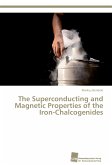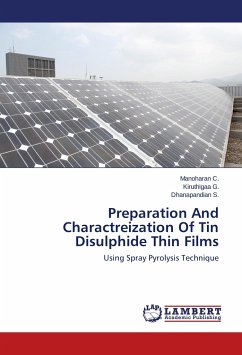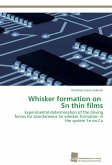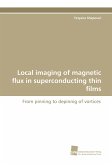The I-V characteristics of Tin films in the superconducting transition have been measured when ac current was applied. The experimental results suggest that the electrical response in ac is not satisfied with the I-V equation in dc. A new equation was suggested to describe the vortex motion and the vortex pair separation in the two dimensional superconducting transition with ac current. The excess noises of Tin films in the superconducting transition have been found to depend strongly on the temperature and ac current. Comparison with the dc noise measurement shows the voltage noise density with ac current is much larger than with dc current. The difference of excess noises between ac and dc can be explained by the fluctuation of vortex pair separation process which dominates the noises generation in ac. I-V characteristics and voltage noises are measured simultaneously to reveal the nature of the excess noises. The coincidence of the excess noise and the third harmonic voltage suggests that the fluctuation of vortex pair separation process is one of the main contributions to excess noises in the two dimensional superconducting transition.








